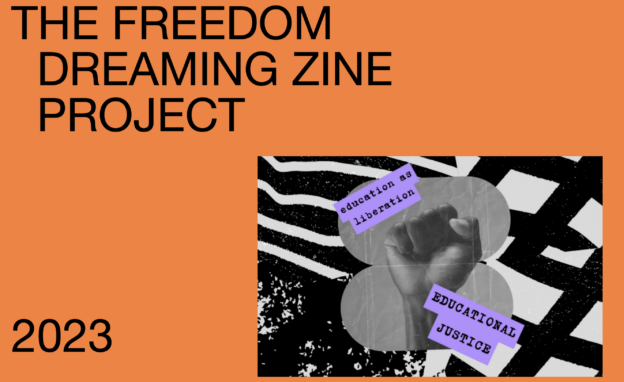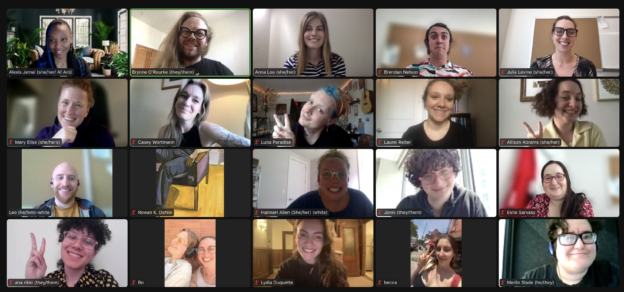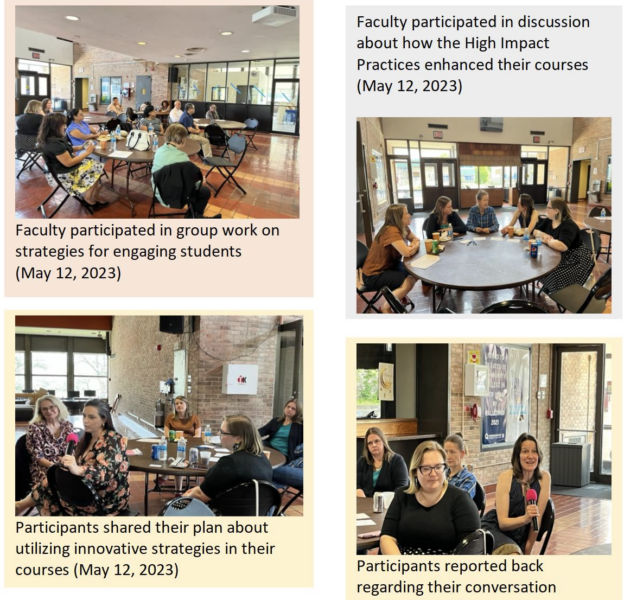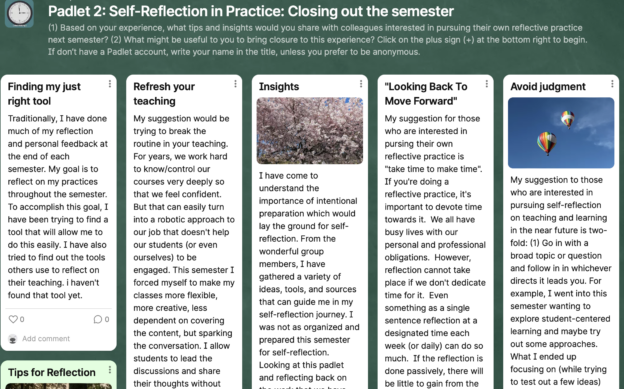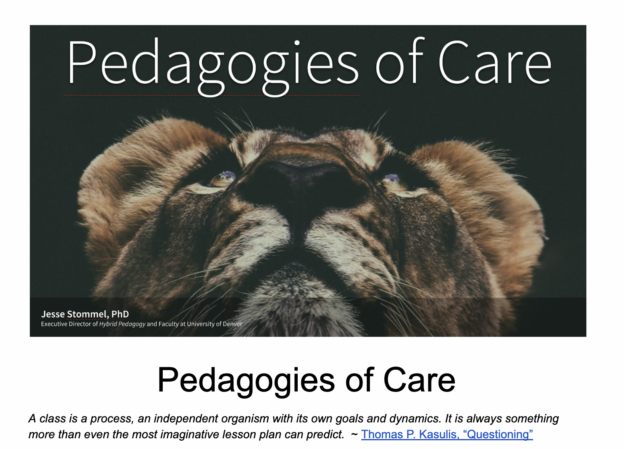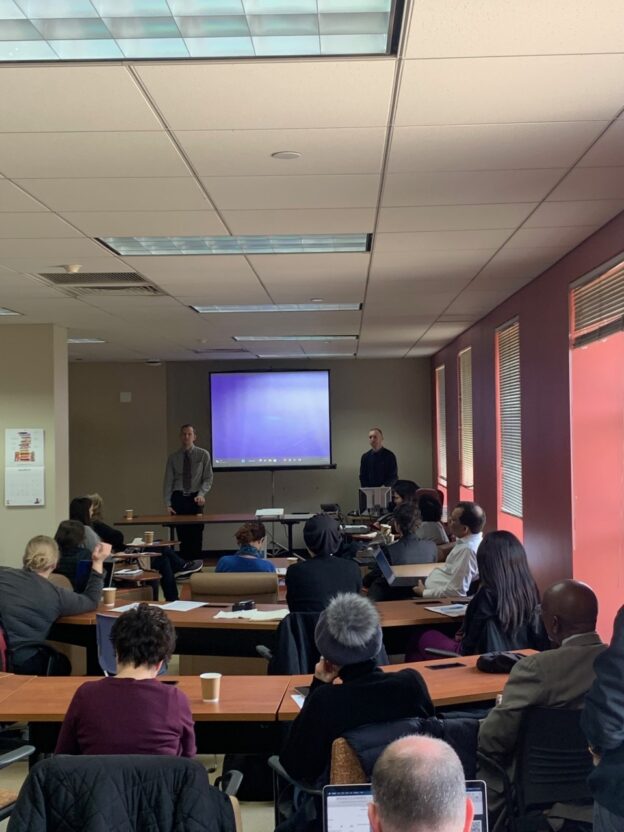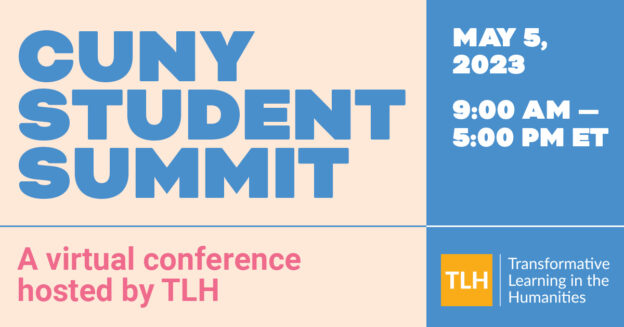Like many others in our cohort, we wanted to provide space for student joy, reflection, and art. CUNY has over 240,000 students, each of them with their own history and story. Our project offered a chance for our students to publicly share their stories.
Our group was inspired by Bettina Love, whose talk and book were part of our TLH semester.
In We Want to Do More Than Survive by Bettina Love, the chapter “Freedom Dreaming,” posits that artistic mediums can be utilized as a way to express individuals’ unique narratives while shaping their visions for the future. She writes:
“Writing, drawing, acting, painting, composing, spittin’ rhymes, and/ or dancing is love, joy, and resistance personified. Art provides more to communities than just visual and sonic motifs: it is one of the key ingredients to a better world. Art that inspires for a better world. is rooted in intense design, research, and musings for justice filled with new-world possibilities. Social justice movements move people because they ignite the spirit of freedom, justice, love, and joy in all who engage with the work. Art helps people remember their dreams, hopes, and desires for a new world.” Continue reading
